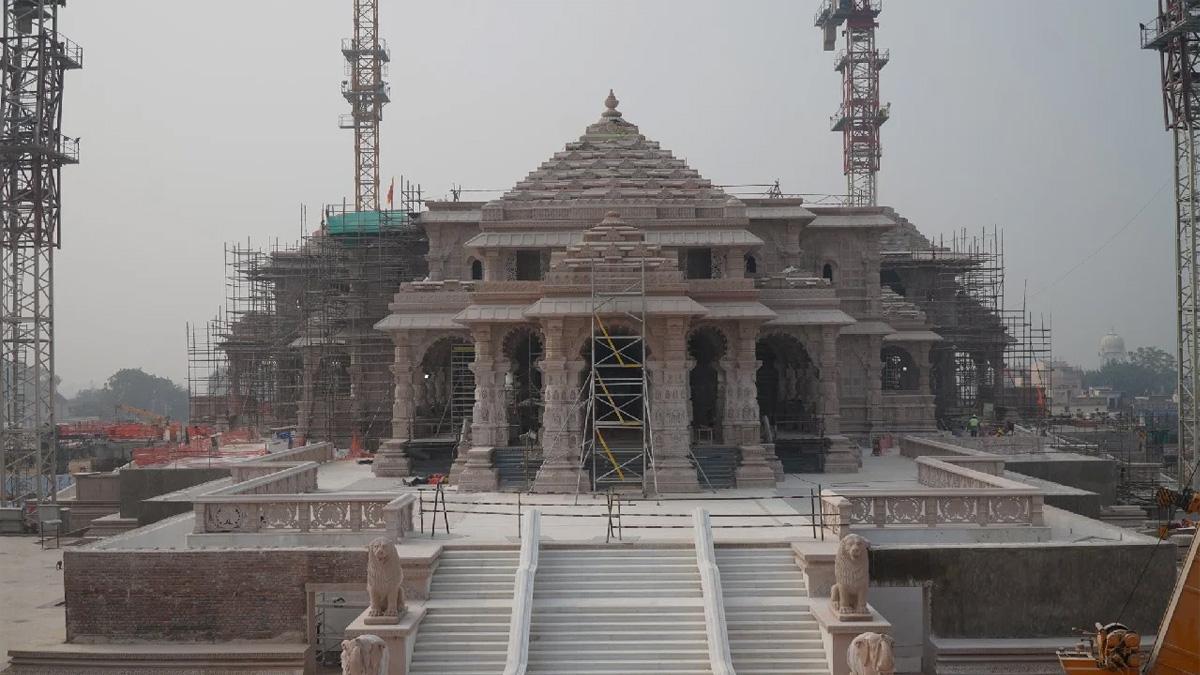The grand inauguration of the Ram temple in Ayodhya on January 22 marks a significant religious milestone and, according to a report by foreign brokerage firm Jefferies, carries substantial economic implications. The report suggests that this event transforms Ayodhya into a major tourist destination, with a potential to attract over 50 million tourists annually.
A substantial $10 billion makeover, encompassing the development of a new airport, revamped railway station, township, and enhanced road connectivity, is expected to generate a multiplier effect, fostering the growth of new hotels and various economic activities. This transformation sets a precedent for infrastructure-driven growth in the tourism sector.
Ayodhya, with its $10 billion makeover, is positioned to evolve from a tranquil town into a global religious and spiritual tourist hotspot. The construction of the new Ram temple itself incurs a cost of $225 million.
Anticipating a surge in tourism and an increase in economic and religious migration to Ayodhya, the report identifies multiple sectors poised to benefit, including hotels, airlines, hospitality, FMCG, travel ancillaries, and cement.
To facilitate Ayodhya's tourism, substantial infrastructure upgrades have been initiated. Phase 1 of a new airport in Ayodhya, costing $175 million, has become operational, capable of handling 1 million passengers. Plans for additional domestic capacity and an international terminal by 2025, with a capacity for 6 million passengers, are underway. The railway station's capacity has doubled to accommodate 60,000 passengers per day. Furthermore, a 1,200-acre greenfield township is in the planning stages, accompanied by reinforced road connectivity.
Highlighting the immense potential of tourism in India, the report indicates that tourism contributed $194 billion to the GDP in FY19 (pre-COVID). Projections estimate an 8 percent Compound Annual Growth Rate (CAGR), reaching $443 billion by FY33. The current tourism to GDP ratio in India stands at 6.8 percent.
Religious tourism, a prominent segment in India, attracts millions of tourists annually to various religious centers despite existing infrastructural challenges. The establishment of Ayodhya as a new religious tourist hub, backed by improved connectivity and infrastructure, is anticipated to have a substantial and positive economic impact, according to the report.
(With Agency Inputs)
ALSO READ | Ayodhya-Linked Sectors Experience Over 100% Surge in Stock Prices Within a Few Weeks


















